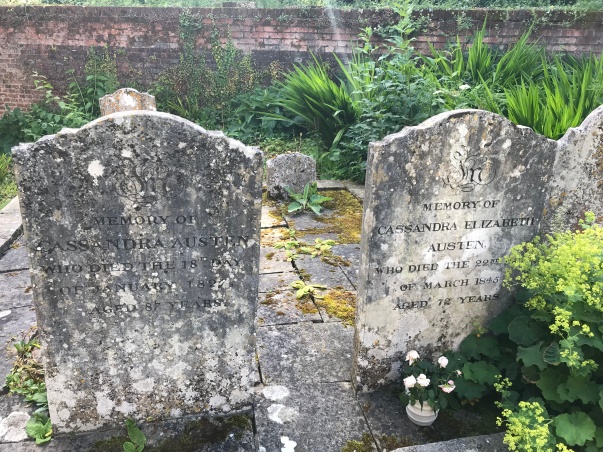Tags
bob dylan, donkeys, elton john, england, english literature, guinea pig, hampshire, Jane Austen, mansfield park, pride and prejudice, ralph fiennes, samuel richardson, william blake
“Won’t You Come See Me, Queen Jane?” – Bob Dylan, “Queen Jane Approximately” (1965)
Chawton Village, encompassing the grand Elizabethan manor (now a library of 15,000 volumes) and the Jane Austen House, is a real l’embarras des richesses; that’s French – real fancy, right? – for an overabundance of something, like a treasure-trove or a costume rack in Sir Elton John’s house. Today I learned that “Chawton” is probably derived from the chalk deposits on which the landscape sits.
I selected just five of these objects for this post as I am in week three of my one-month research trip in Austenland. And I spared you the dying rat I saw on my morning walk even though – rodent-warning – there are guinea pigs in this post and none were hurt in the production.
1. What do you call a donkey with a doctorate degree? Answer: a smart ass. I didn’t warn you against dad jokes: my speciality!
And c’est moi, derived from a long line of genuine smart asses. (Yes, they put a bonnet on me but I have a huge cranium. Who wore it better? Kate Winslet or me?) Speaking of asses: below is the donkey carriage that the Austen sisters used to Uber back-and-forth after a hard night of drinking mead in Alton.
Actually, they took the carriage to the country market town of Alton to send and receive mail, and, from The Swan, take a carriage to London to visit more family members. Fun fact: Britons in the age of Austen would sometimes send a gold guinea by post but conceal it under the wax seal. This lead to unarmed postal boys being robbed and the English government’s urging citizens to avoid the practice. You’ve got Mugged!
Fanny Price (the heroine of Mansfield Park) grows very attached to “old grey poney,” and so much so that it’s her “valued friend.” That’s key since, in the nineteenth-century, a horse was a “coach horse” or a “riding horse” but never regarded as a “friend.” My sister had a horse named Carouf and, for all her riding awards, a bedroom with dozens of ribbons pinned to the walls. Austen would call her a “horsewoman” but that doesn’t sound very flattering. My parents were very devoted and allowed us to pursue any and every passion, excluding offshore sports betting and hard drugs.
You’ll recall that when her big brother Edward was made heir to the Knight family, Jane Austen, her sister Cassandra, her mother and friend Martha Lloyd were able to make a former inn into their new home (now the Jane Austen House Museum). From there, she would publish her first novel, Sense and Sensibility, a work so successful that the Prince Regent’s daughter Charlotte told her father excitedly about it. Unless a woman needed to publish to save herself financially, it was a blight upon her character to publish under name, thus “By A Lady.”
2. Below is an image you see quite a bit in Austenland: The Reverend George Austen presenting his son to the Knights (1783). Lucky duck though an unlucky rat. Women’s hair was coming down a bit by the 1780s though it was the fashion to wear your hair vertically and some three times the size of your head. That didn’t include the beehive and by that, I mean an actual working beehive!

3. Notice Edward’s silk frock coat and breeches, probably worn during his Grand Tour through France and Switzerland in 1786. Some big-assed buttons! Sister Jane Austen never appeared too bitter about all of her brother’s adventures (available, of course, to men only) though all of her novels feature some kind of inequity or discrepancy when it comes to where men and women are placed, and in the latter’s case, displaced. Think of the homeless sisters and mother in Sense and Sensibility or the difference between the grand Mansfield Park and the parsonage occupied by the cranky scold of a widow, Mrs. Norris.
As ever with Austen, it’s subtle but it’s there. Even this line from her letters could be read in different ways: “I went up to the Great House & dawdled away an hour very comfortably.” One implication is the very family member without whom we would not even be discussing the Austen-Knight family was not all that comfortable, or even able to dawdle away, in her relatively lowly digs down the road. Keep an eye on Austen’s usage of the word, the financially-charged “settled” because it’s a way of underscoring the fact that nineteenth-century women, especially the unmarried ones, never feel really settled. It’s unsettling, really.
4. Above, you’ll also see the wood paneling in the Great Hall beside the fireplace. The metal fireplace dates back to 1588 when the English warded off the Spanish Armada. More interesting than the coats of arms (installed by a later descendent, post-Austen, Montagu Knight) are those scratches, probably inscribed there to ward off witches and other demonic spirits. The Anglican Church does not acknowledge the existence of ghosts but that’s doesn’t mean that, out here in the countryside, people weren’t likely to get a bit spooked around the fire on a winter night. Horseshoes were superstitiously nailed above doorways to ward off spirits, or sometimes the finger nail pairings, hair, and urine of those believed to have been bewitched were put in a stone vat and kept beside the bed. Stocking stuffer ideas, y’all!
5. Below is the jewel in Chawton’s librarial crown: the manuscript of “Sir Charles Grandison, or the Happy Man,” an adaptation of the eponymous novel by one of Austen’s favorite writers, Samuel Richardson. Private theatricals were the vogue at the time – think of the bored and housebound Bertram cousins staging “Lovers’ Vows” in Mansfield Park but tearing it all down once the imperious Lord Betram returns home – and demanded that family members build sets, write scripts, and learn their lines. Take a load off, Fanny.
Today, all of that unfolds on Instagram and if your sister Kristen has what it takes, she might wind up on “Hampshire Idol,” “England’s Got Talent,” or if not, “Love Island.” I was asked not to sneeze or breathe for at least 48-hours before that text was presented to me yesterday at Chawton House. I resisted the urge, like Ralph Fiennes consulting with a Blake drawing in the horror film “Red Dragon,” to render the curator unconscious and devour the work, like a dog (or a guinea pig) that eats your homework.
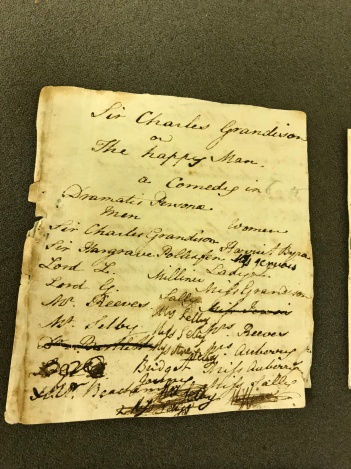
5. Finally, the rodent you’ve been waiting for: the guinea pig in a version of Pride and Prejudice featuring nothing but those little pellet-eaters! Ah, Austen: an author, a way-of-life (the subject of my new book) but also a (cottage) industry!
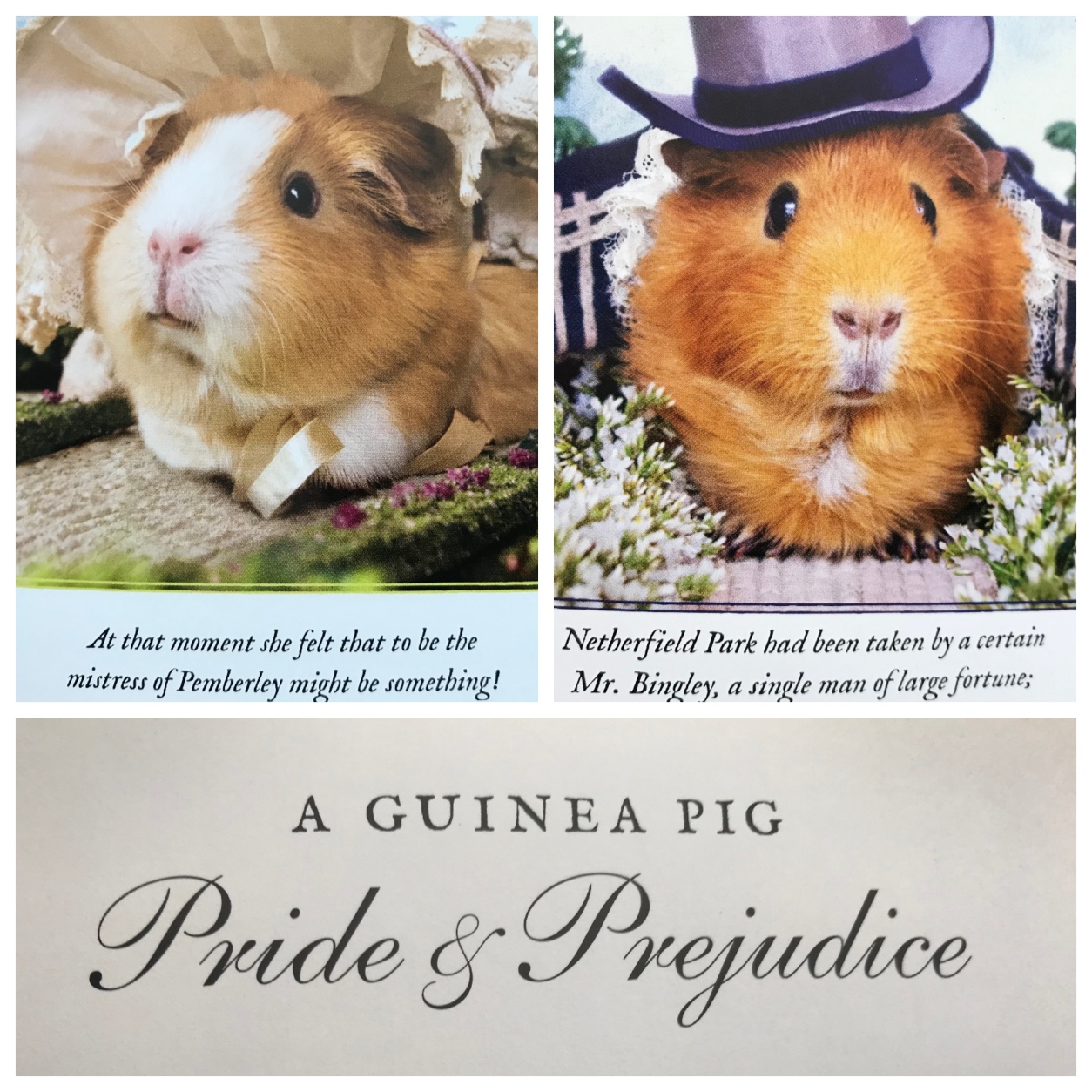



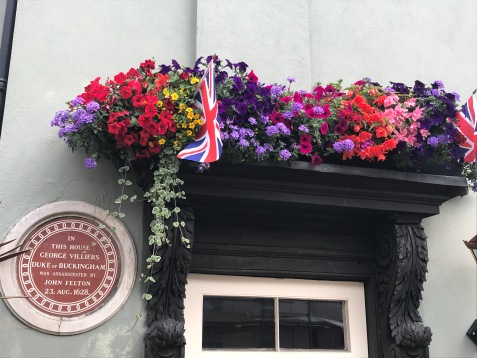
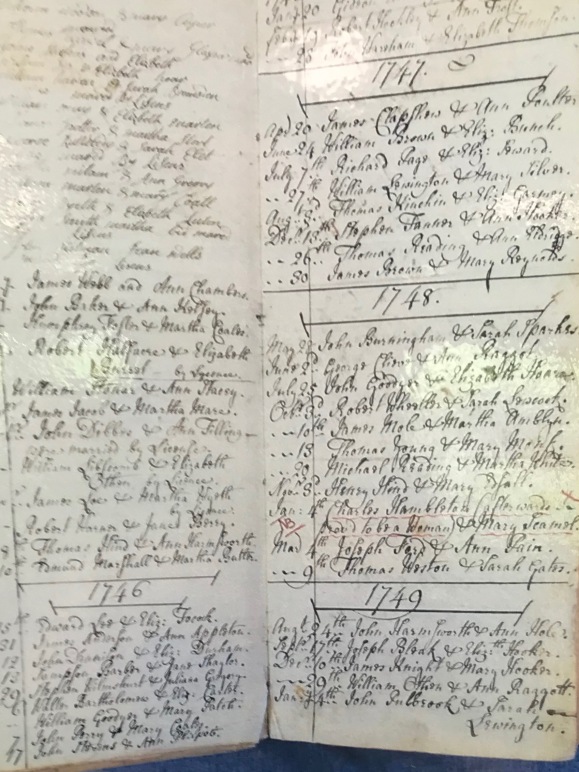
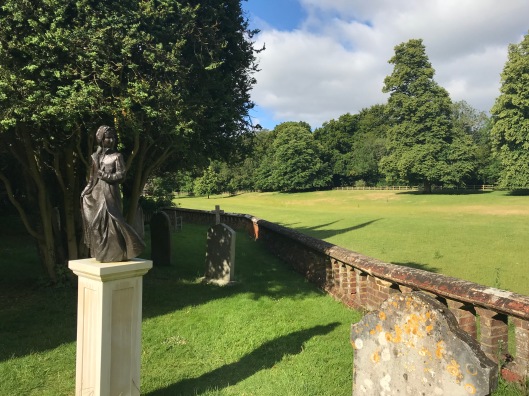
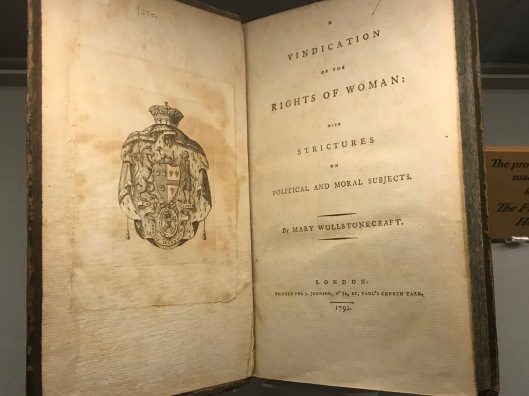

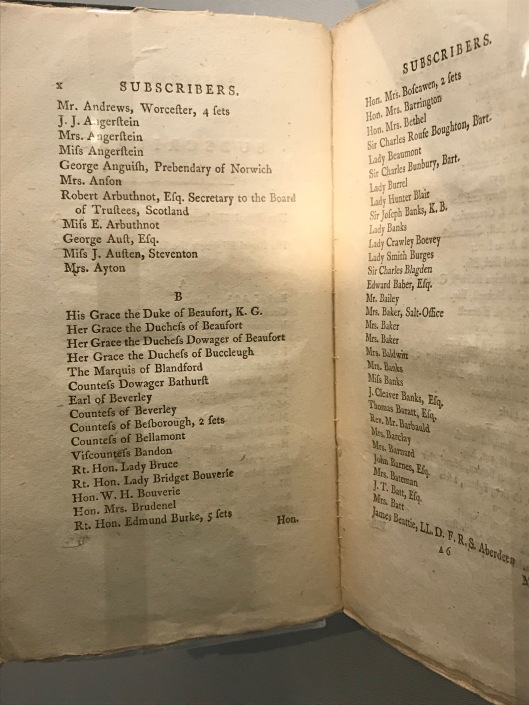
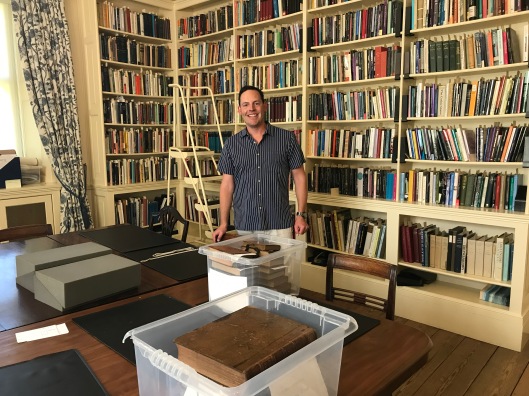




 For now, here are four important facts about Jane Austen, her life and works.
For now, here are four important facts about Jane Austen, her life and works.
